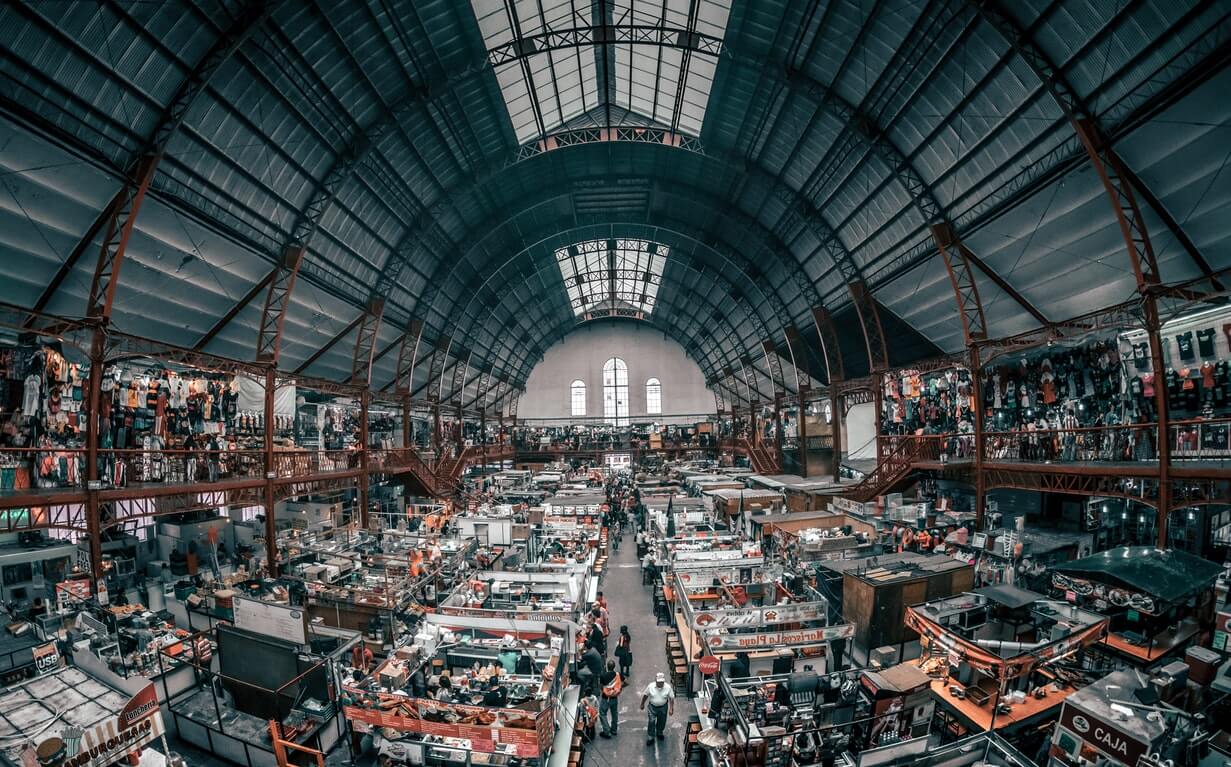Vacuum Pump Factory
Vacuum Pump Factory: Manufacturing Processes and Technological Innovations
Design Process in Vacuum Pump Manufacturing
A vacuum pump factory begins with the design phase, the cornerstone of the manufacturing process. Engineering design determines the pump’s performance, durability, and energy efficiency. In modern factories, computer-aided design (CAD) software is used to precisely model pump components. This process is critical for developing pumps tailored to the needs of different industries. For example, ultra-high vacuum (UHV) pumps are designed for the semiconductor industry, while hygienic models are prioritized for the food sector. During the design phase, factors such as operating conditions, material selection, and energy consumption are considered. Additionally, prototype production and testing validate the design’s performance in real-world conditions, ensuring the reliability and longevity of vacuum pumps.
Material Selection and Quality Control
In vacuum pump factories, material selection is one of the most critical steps in the manufacturing process. Pumps may operate in challenging conditions, such as exposure to chemicals, corrosive gases, or high temperatures. Therefore, corrosion-resistant materials, such as stainless steel or specially coated alloys, are commonly used. Material quality control is conducted at every stage of the production line. Incoming raw materials are tested for chemical composition and mechanical strength. For instance, pumps manufactured for the pharmaceutical industry require materials compliant with GMP (Good Manufacturing Practices) standards. Quality control extends beyond material selection to include rigorous inspections during component processing and assembly, enhancing long-term performance and customer satisfaction.
Automation Technologies in the Production Line
Modern vacuum pump factories heavily rely on automation technologies to optimize manufacturing processes. Robotic arms minimize human error in precise assembly tasks and increase production speed. For example, complex components of rotary vane or dry pumps are assembled with high precision using automated systems. Additionally, Internet of Things (IoT)-based monitoring systems track every stage of the production line in real time, enabling early detection of errors and reducing costs. Automation not only boosts efficiency but also optimizes energy consumption and supports environmental sustainability goals. Factories continuously update automation systems to maintain a competitive edge.
Testing and Certification Processes
Before vacuum pumps are released to the market, they undergo extensive testing. Performance tests evaluate characteristics such as vacuum level, energy consumption, and noise levels. For example, turbomolecular pumps are tested in ultra-high vacuum environments to verify their precision. Durability tests measure the pump’s performance under harsh conditions over extended periods. Certification processes ensure compliance with industry standards, such as ISO, CE, or GMP, which validate product reliability and quality. Tests can be customized based on customer needs; for instance, space simulation tests are conducted for the aerospace sector. These processes ensure the factory’s commitment to product quality.

Energy-Efficient Manufacturing Techniques
Vacuum pump factories implement innovative techniques to enhance energy efficiency. Variable Speed Drive (VSD) technology optimizes energy consumption during pump production. Additionally, waste heat recovery systems reuse heat generated during manufacturing, saving energy. Factories reduce their carbon footprint by using energy-efficient machinery and eco-friendly production methods. For example, low-energy CNC machines are used for precise component machining. These techniques lower production costs and contribute to environmental sustainability goals.
R&D and Technological Innovations
R&D activities play a critical role in maintaining the competitiveness of a vacuum pump factory. Innovations such as smart pumps, IoT integration, and remote monitoring enhance pump performance and simplify maintenance. For example, pumps with real-time data analysis optimize energy consumption and predict failures. Factories conduct research on new materials, coatings, and pump designs to develop more durable and efficient products. Industry 4.0 technologies make manufacturing processes smarter and more connected. R&D investments ensure the factory’s technological leadership.
Supply Chain and Logistics Management
Vacuum pump factories require effective supply chain management to support manufacturing processes. Raw material procurement, spare parts inventory, and logistics are critical for production continuity. Strong partnerships with local and global suppliers ensure material quality and timely delivery. For instance, critical components like stainless steel or specialty alloys are sourced from reliable suppliers. Digital logistics systems optimize shipping processes and reduce delivery times. Factories adopt sustainability-focused supply chain strategies to minimize environmental impact.
Employee Training and Safety
In a vacuum pump factory, production quality and safety depend on employee expertise. Staff training enhances technical skills and safety awareness in manufacturing processes. For example, technicians operating automation systems undergo specialized training programs. Workplace safety protocols are strictly enforced to prevent accidents. Employees are trained on handling hazardous materials or maintaining high-pressure systems. Regular safety audits ensure compliance with occupational health and safety standards, boosting production efficiency and product quality.
Customer-Centric Manufacturing and Customization
Vacuum pump factories produce customized products based on customer needs. Different industries have unique requirements; for example, aerospace demands compact pumps, while the chemical industry requires corrosion-resistant models. Modular designs allow pumps to be adapted to various applications. Factories collaborate closely with customers to provide specific vacuum levels, sizes, or connection systems. Pre-production consulting services facilitate proper pump selection and integration, enhancing the factory’s competitive edge.
Sustainability and Environmental Responsibility
Modern vacuum pump factories focus on sustainable manufacturing practices. Waste management ensures the recycling of materials generated during production, such as metal scraps or used oils, using eco-friendly methods. Factories reduce energy consumption by utilizing renewable energy sources like solar panels or wind turbines. Environmental certifications validate the factory’s sustainability commitment. These practices minimize environmental impact and meet customer demand for eco-friendly products.
Vacuum pump factories address industrial needs through design, material selection, automation, testing, energy efficiency, R&D, supply chain management, employee training, customization, and sustainability. Each stage is meticulously managed to produce high-quality and reliable pumps. Factories maintain industry leadership by embracing technological innovations and customer-centric approaches.


